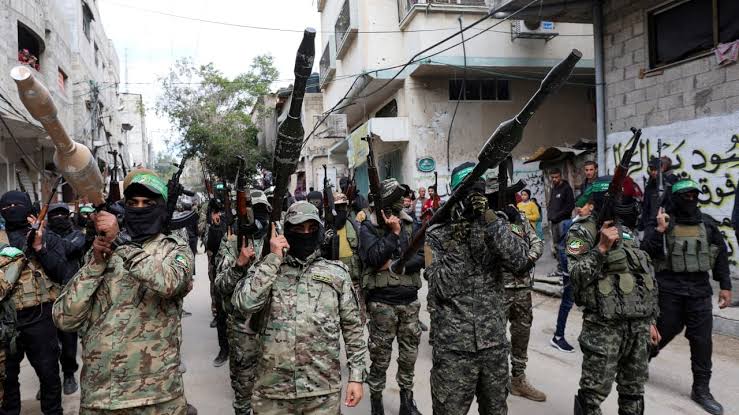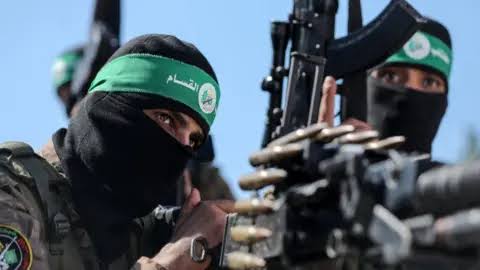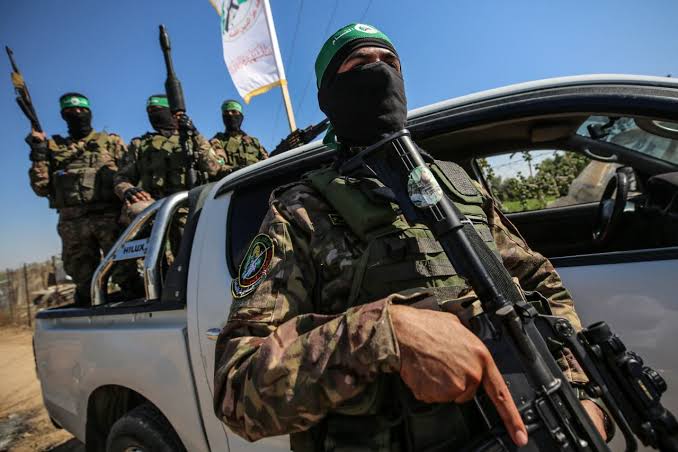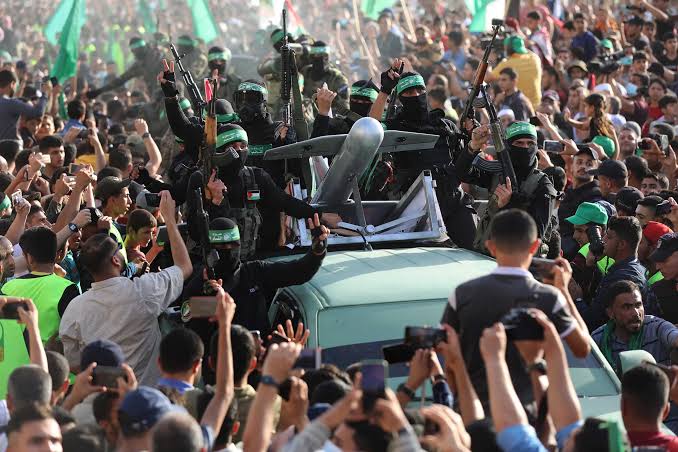A senior Hamas security chief informed the BBC today that Hamas "lost control of most of Gaza," with Israeli strikes having badly weakened the leadership and structure of the group. Armed clans are now filling the resulting vacuum. This dramatic admission is included in a wider breakdown of centralized authority in the Gaza Strip, where competing power centers, humanitarian crises, and internal dissent are converging.

The End of Hamas Governance Under the unnamed security officer quoted by the BBC, Hamas has lost control over nearly 80% of the Gaza Strip. This loss of control has been a consequence of relentless Israeli military campaigns, such as Operation Gideon's Chariots, launched on May 16, 2025, under which Israel claimed dominion over almost 65% of Gaza in early June. An article in Reuters of June 27 attested that Hamas combatants are increasingly disarrayed, their chain of command hugely disrupted, and many of their commanders killed.

The Rise of Armed Clans As Hamas has weakened, local clans, and in some cases loosely formed militias, have stepped into the breach. Reuters reports that Israel has even supported groups like Yasser Abu Shabab's "Popular Forces" of Rafah to oppose Hamas. But things have gotten out of hand: clans are now battling each other and stealing aid convoys, with hospitals and aid warehouses becoming focal points of violence. So Gaza is increasingly "post-apocalyptic" anarchy, Deutsche Welle-style. Nasser hospital in Khan Younis was recently stormed by armed men battling over sacks of aid flour; a fray was extracted by Hamas-affiliated police, only to set off additional firefights.

Humanitarian Meltdown and Casualties The humanitarian situation is dire. Israeli aggression since October 2023 has cost over 56,500 Palestinian lives, most of whom are civilians. The recent May aggression cost over 400 military fatalities and 1,000 wounded. Aid has been stolen by gangs and clans, hospitals have been forced to shut down sections, and even cars have been burned out, resulting in catastrophic treatment delays.

Historical Context and Timeline Hamas has ruled Gaza since 2007, with governing institutions intact until Israel's intense northern campaigns in early 2024 put an end to their rule. The Gaza conflict broke out in October 2023 when Hamas militants attacked southern Israel, and Israel responded fiercely. A U.S.-brokered ceasefire in January 2025 allowed Hamas partial rule over Gaza, but May's broader ground assault turned the tide. As Hamas leaders were eradicated, its capacity to govern weakened, leading to today's fractured landscape.

Future Directions Fragmentation or Stability Hamas appointed Izz al‑Din al‑Haddad, also known as "Ghost of al‑Qassam," as its new Gaza leader in May 2025. But his compromised leadership has been amid intra-party demonstrations since March 25, 2025, calling for Hamas to resign, with unspecified casualties through crackdown efforts. With Israel pushing for clan-backed government options, empowering these militia factions promises long-term effects of sustainable fragmentation and low-grade warfare.
